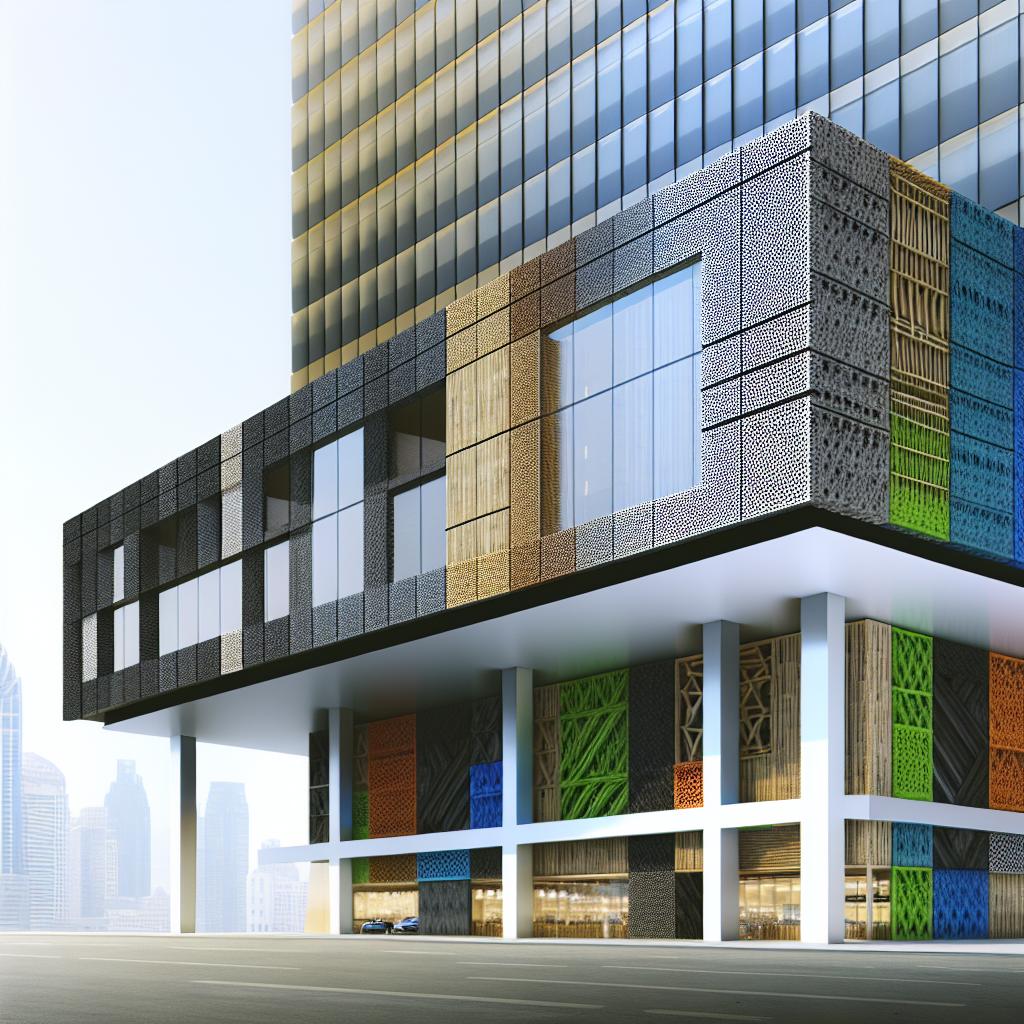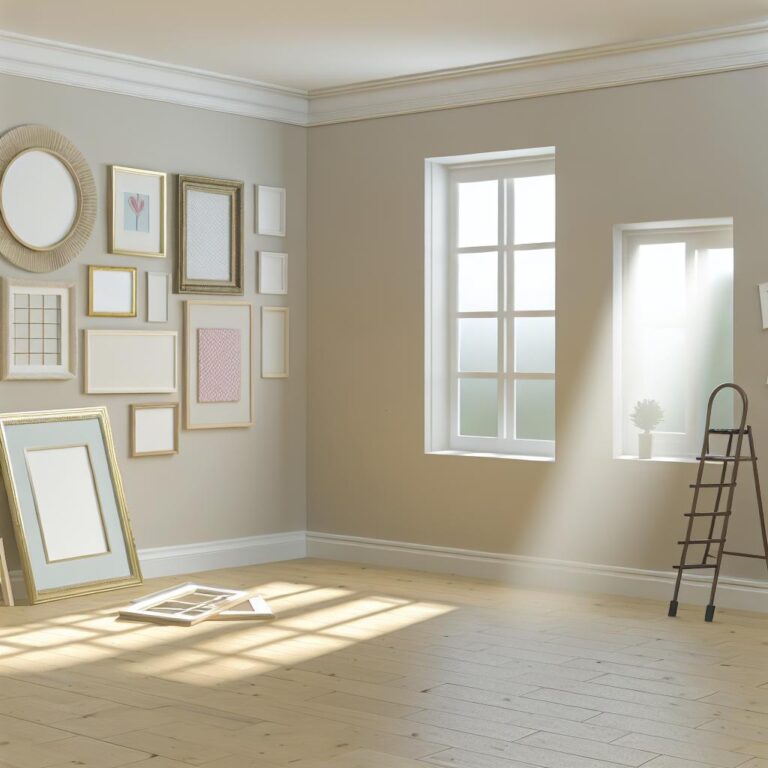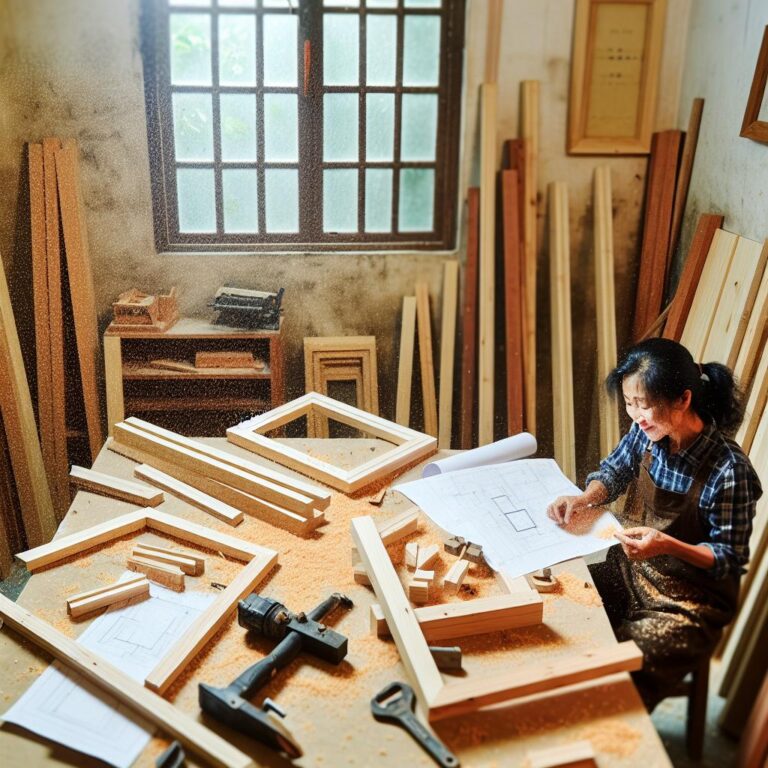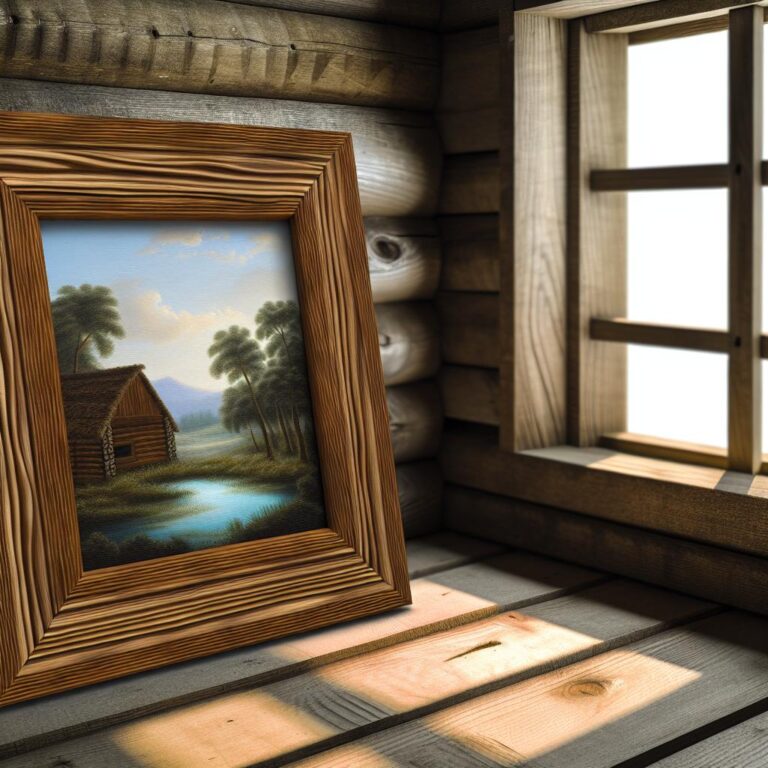Alternative Frame Materials: Are They Worth Considering?
- Bamboo: Sustainable due to rapid growth; strong in tension and compression; used for beams and frames; cost-competitive with wood.
- Metal Frames: Durable and secure; resist decay and need low maintenance; cost more but offer longevity and savings.
- Recycled Plastic: Reduces waste; durable and versatile; mimics wood/metal; eco-friendly and cost-effective over time.
- Sustainability: Reclaimed wood, bamboo, and composite plastics are eco-friendly, reducing waste and energy use.
- Energy Efficiency: Alternative materials improve thermal performance, cutting heating/cooling costs.
- Design Flexibility: Allows for diverse aesthetics; various colors and shapes; resistant to moisture and warping.
- Cost Implications: Alternatives often cheaper upfront (e.g., bamboo, recycled plastic); durable frames save repair/replacement costs; trend towards cost-effective materials.
- Market: Growing interest in sustainable, durable, and cost-effective framing solutions driven by eco-consciousness and DIY culture.
Are you curious about the world of alternative frame materials? Exploring new options can be an exciting adventure! With eco-friendly, non-wood choices emerging, it's time to think beyond traditional frameworks. In this blog post, we'll delve into bamboo, metal, and recycled plastic as unique framing solutions. Discover how these materials stack up against wood in terms of sustainability, design, and cost. Let's unlock the potential of these innovative materials together!
What Are The Different Types of Alternative Frame Materials?
Choosing the right frame materials can change everything in a building project. Today, we look beyond wood to explore eco-friendly building materials. "Why?" you might ask. These materials are not only kind to our planet but also provide a fresh take on design and utility.
Bamboo Structural Components: How Are They Used in Construction?
Bamboo has turned the construction world on its head. It grows rapidly and renews itself swiftly, making it highly sustainable. Countries that face tropical climates have employed bamboo for ages, relying on its strength and flexibility. You can think of bamboo as nature’s version of steel when it comes to tension.
Now, you might wonder, "Can bamboo actually hold up like metal or wood?" The answer lies in its fibrous structure. Bamboo not only holds great tensile strength but ranks equally well in compressive strength. These qualities make bamboo ideal for beams, trusses, and even entire frames.
The use of bamboo can shift how we view non-wood window frames. Its natural aesthetics offer a touch of beauty that complements both rustic homes and modern designs. Plus, its flexibility allows architects to explore boundless design options. Cost-wise, bamboo competes with wood, making it not only a sustainable choice but also an economical one.
How Do Metal Door Frames Compare With Traditional Wood?
Metal door frames stand out with their durability and strength. But how does metal measure against traditional wood? Precision can answer this query. While wood offers a classic look, metal gates durability to a new level.
First, let’s talk about security. Metal frames bring peace of mind, as they're tougher to breach and stand firm under pressure. Unlike wood, metal does not warp, split, or crack over time, making it a reliable choice.
Weather makes a big difference in framing material choice. If you live in a damp or coastal climate, metal frames resist rust and decay, unlike wood, which can swell or rot when wet. Also, maintenance on metal frames is straightforward compared to wood, often needing nothing more than an occasional wipedown.
The variety of finishes available also means metal frames can mimic wood or take on modern, sleek appearances. They might cost more upfront, but when you consider longevity and low maintenance, metal frames could save money over time.
What Role Does Recycled Plastic Play in Framing Solutions?
Have you ever considered recycled plastic as a framing option? At first, it might sound odd, but it is gaining popularity for good reasons. Recycled plastic frames help reduce landfill waste, which means cleaner cities and reduced pollution.
One key factor of recycled plastic is its ability to mimic traditional materials while retaining greater durability. You can find recycled plastic frames that look like wood or metal, without the same downsides. Unlike wood, they don't splinter, warp, or decompose. They offer a consistent shape and size, ideal for precision work.
In terms of versatility, recycled plastic finds its place in non-wood window frames, crafts, and garden structures. You can paint them, cut them, or even adapt them to intricate shapes, giving designers endless creative freedom.
Moreover, recycled plastic frames require no harsh chemicals or treatments. This means less pollution and a healthier home environment. They act as a solid barrier against moisture, making them ideal for areas where traditional frames would falter.
In terms of cost, recycled plastic frames are a great option for budget-friendly projects. They cut future maintenance expenses, providing better value over time. As an eco-conscious choice, these frames promote a circular economy, turning potential waste into functional solutions.
If you have more questions about how to incorporate these materials into your projects, check with suppliers experienced in these options. Whether you're seeking decking materials or window solutions, they can guide you to make informed choices. By picking alternative frame materials, you'll not only improve the longevity of your projects but also partake in a larger movement towards sustainable living.
Why Choose Alternative Frame Materials Over Traditional Options?
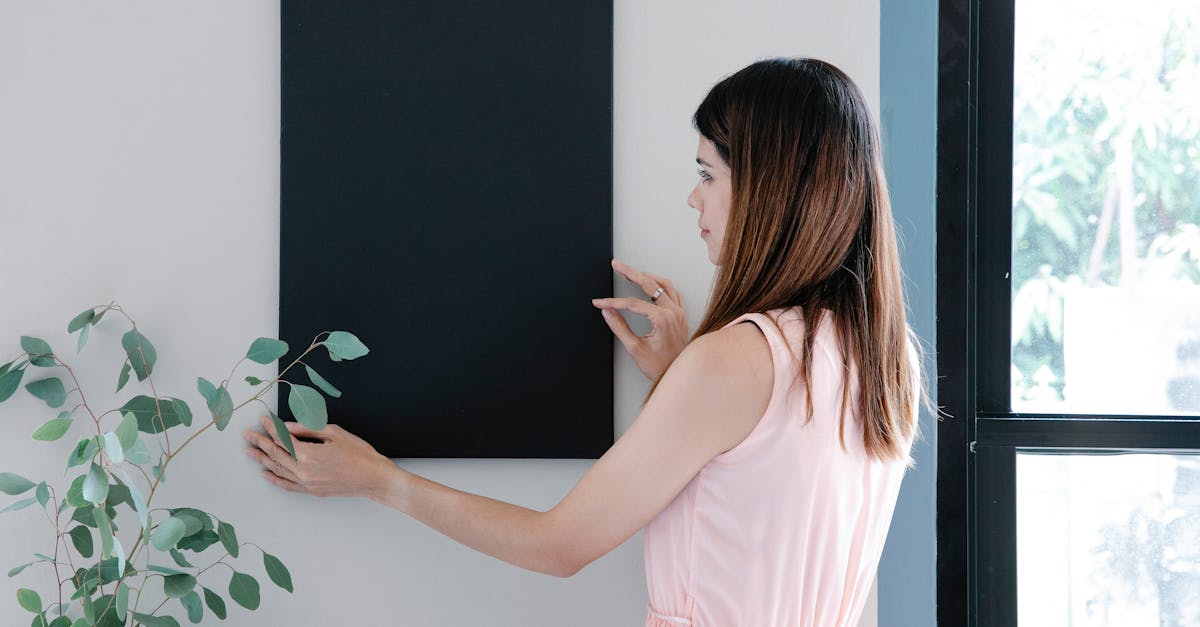
As someone who's explored different framing materials, I understand the challenge of choosing the right one. In recent years, there's been a growing interest in alternative frame materials. People often ask: Are these alternatives worth considering over traditional wood or metal? To answer that, let's deep dive into some options that promise sustainability, durability, and environmental benefits.
Sustainable Framing Options: Are They More Eco-Friendly?
Yes, sustainable framing options are often more eco-friendly. These options reduce waste and lessen the environmental impact of construction. Materials such as reclaimed wood, bamboo, and composite plastics are gaining attention for their eco-friendly qualities. Reclaimed wood involves reusing timber from old structures, which would otherwise go to waste. This option not only conserves resources but also adds a unique, rustic charm to any frame.
Bamboo is another sustainable choice due to its rapid growth and minimal need for pesticides. It is a renewable resource that serves as a strong alternative to traditional wood. Moreover, composite plastics, made from recycled materials, are offering new eco-friendly avenues. These composites often combine plastics with recycled wood fibers, achieving both strength and sustainability. By choosing these materials, you can contribute to a more eco-conscious building process while still enjoying quality framing solutions.
How Do Metal Frames Enhance Durability?
Metal frames enhance durability by resisting wear and tear far better than wood. These frames provide solid, robust structures and are often used in areas requiring strong support. For instance, metal door frames, particularly those made of steel or aluminum, can withstand high impact and weather changes. Steel frames provide unmatched strength and rigidity, making them ideal for security purposes. Unlike wood, they don't warp or rot and require less maintenance. In addition, aluminum is naturally corrosion-resistant and lightweight, offering long-term serviceability without adding significant weight.
These frames come powder-coated or anodized, enhancing appearance and durability. With the strength of metal framing, you can expect a longer lifespan for your doors or structures. This not only reduces replacement costs but also emphasizes metal's role as a sustainable framing solution.
What Are The Environmental Benefits of Choosing Non-Traditional Framing?
The environmental benefits of non-traditional framing are substantial. Beyond reducing waste through sustainable options, these materials often require less energy for production. For instance, recycled materials such as steel or composite plastics offer significant energy savings compared to producing new resources. Utilizing these materials contributes to a lowered carbon footprint for construction projects.
Additionally, non-traditional frames often incorporate innovative designs for thermal efficiency. Many eco-friendly frames include insulating properties, enhancing energy efficiency in buildings. This results in reduced heating and cooling needs, further lowering energy consumption. In this way, alternative framing materials support both a greener environment and cost savings in energy use.
The choice of frame material influences not just aesthetics, but also sustainability and long-term costs. By exploring alternative materials, one weighs not just the immediate expense but also commits to a more durable and eco-friendly choice. Thus, as more builders and homeowners turn to these alternative frames, the demand for innovation and sustainability in framing continues to grow, opening doors to greener construction practices.
In evaluating whether alternative frames are worth considering, the benefits are clear. Between eco-friendly impacts, durability, and long-term cost savings, these materials offer compelling options over their traditional counterparts. For those interested in further exploring framing solutions, you might want to check out structural lumber or what other sustainable products are available that align with your specific needs.
How Do Alternative Frame Materials Improve Energy Efficiency?
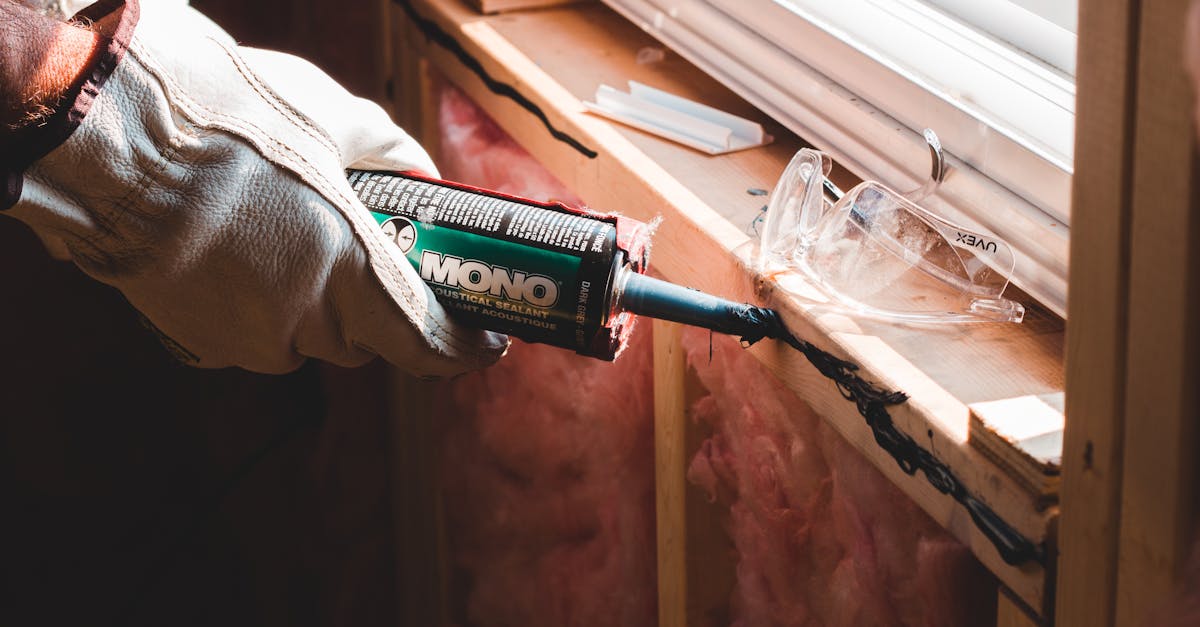
Energy-efficient frames have changed the game when it comes to saving energy. They offer more than just a sturdy structure. These frames help manage the heat that comes in and out of your home. Imagine reducing your energy bill while keeping your home cozy! Let’s dig deeper into some essential questions about alternative frame materials.
How Do Heat-Resistant Frame Materials Contribute to Energy Efficiency?
The most effective way that heat-resistant frames help is by limiting heat transfer. Materials like fiberglass or vinyl block heat from getting inside during summer and keep warmth in during winter. Precision: They improve energy efficiency by reducing heat gain and loss. This natural heat control means your heater and air conditioner will work less hard. You spend less on energy bills because these frames lower heating costs.
Heat-resistant frames keep temperatures stable without any gadgets. Glass fiber frames, for instance, are not only durable, but they also have very low heat conductivity. This means less energy is needed to maintain the desired indoor temperature. Even in hot weather, these frames resist heat, unlike regular wood or aluminum.
Is Thermal Performance Significantly Better in Energy-Efficient Frame Options?
Yes, the thermal performance of these frames is indeed superior! Thermal performance measures a material’s ability to resist heat transfer. During the same test conditions, energy-efficient frames, like Low-E glass, outperform standard options. Precision: They show better thermal efficiency than standard frames. This is because of specialized coatings or materials like uPVC, which are better at managing temperature changes.
Low-emissivity (Low-E) coatings on the glass reduce the amount of infrared and ultraviolet light that passes through the glass, without compromising the amount of natural light that enters your home. This blocks more heat and keeps warmth inside. The structure around the glass also plays a role. Advanced materials like vinyl can provide airflow barriers to enhance insulation.
Can Alternative Frame Materials Reduce Heating and Cooling Costs?
Yes, using alternative frame materials can lead to noticeable savings on your bills! These frames help in managing temperature, effectively lowering your heating and cooling expenses. Precision: They cut HVAC costs by optimizing temperature regulation. By using frames that resist heat loss or gain, you reduce the need for extra heating or cooling in your home.
The trick is in thermal breaks and air-tight seals. Energy-efficient frames often have built-in barriers that prevent the warm air inside from leaking out, or the hot air outside from coming in. These features are like invisible shields that keep your home warm and cosy in winter or cool in the summer.
Switching to alternative frame materials is like moving a thermostat without lifting a finger, thanks to their energy-saving nature. Over time, these choices can lead to substantial cost reductions. Imagine less strain on your heating and cooling systems, prolonging their life while reducing your energy usage.
In conclusion, choosing alternative frame materials centers on more than just structure. It’s about efficiency and saving costs. Materials that resist heat, like fiberglass, and features like Low-E coatings, make a big difference. They improve your home’s energy performance and dramatically cut your energy bills. By choosing smartly with alternative materials, you step into a future of savings and sustainability.
What Are The Design and Aesthetic Benefits of Using Alternative Frame Materials?

When it comes to elevating your space, alternative frame materials offer unique design possibilities. These materials challenge the ordinary, bringing fresh looks and suggest many aesthetic design with alternative materials. Whether you crave modern minimalism or bold statements, these materials invite exploration.
How Do Alternative Materials Offer Greater Design Flexibility?
The use of alternative materials brings a world of design freedom. Unlike traditional wood, materials like metal, acrylic, or recycled composites allow for intricate designs. They can be molded into various shapes, providing tailor-made solutions for specific spaces. When I frame with metal, I can achieve sleek, modern lines that defy the limitations of wood. Acrylic, with its clear structure, offers a floating effect, perfect for a contemporary look.
Moreover, alternative materials often stand up better to moisture and warping. This durability means they require less maintenance over time, preserving their original shape and color. Designing with these materials allows one to move beyond the confines of wood's texture and color, offering a palette as diverse as your imagination. This flexibility ensures every piece or frame can stand out or blend effortlessly with existing decor.
What Are The Popular Color Options for Modern Frames?
Color choice can transform an entire space. With the shift from traditional materials, color options for frames have expanded. The cool tones of metal add a sleek edge to any room. Picture a brushed silver frame with a hint of blue sheen; it can cool a room's vibe. Black matte frames add depth and mystery, while the warmth of bronze or gold frames brings an opulent touch.
Acrylic frames often come in vibrant, eye-catching hues or soothing pastel shades. This variety allows you to reflect personal style through frame choice. More subdued color choices like soft greys or whites blend perfectly in minimalist setups. On the other hand, bright, bold colors can provide playful surprises in more eclectic spaces. When choosing frame colors, consider how they interact with your room's light, adding either calm or vibrancy.
How Can Non-Traditional Frames Enhance Aesthetic Appeal?
Breaking away from conventional wood frames creates an opportunity to redefine a room's look. Non-traditional frames can highlight your individual taste, making your home truly yours. A DIY picture frame project can turn discarded materials into a focal point. Think of combining colorful scrap metal to form a funky mosaic frame. This not only saves money but also allows for customization that fits your personal style.
Alternative frames also provide settings that enhance the art they encase. Whether showcasing family pictures or art collections, these frames become part of the visual story. For instance, floating frames crafted from acrylic give the illusion of artwork suspended in space. This effect turns the art into a mesmerizing centerpiece.
Non-traditional frames can also merge with functionality. A DIY shadow box can display mementos in unique ways, emphasizing both the frame and its contents. Clothespin frames provide a playful twist in art display, allowing for swift changes in showcased pieces. The versatility of alternative materials ensures each frame serves not just as a vessel but as an integral part of your home's beauty.
In conclusion, the choice of frame material shapes the aesthetic impact and flexibility in your living space. Alternative frame materials offer not just new visual possibilities but also practical benefits. Embracing them brings both design innovation and personal expression to the foreground.
What Are the Cost Implications of Using Alternative Frame Materials?

Exploring new options can be both exciting and daunting. When it comes to framing materials, considering non-traditional choices could mean big savings or unexpected costs. Let's dive into how these alternatives stack up.
How Do Alternative Frame Costs Compare With Traditional Options?
The price tag is often our first concern. The good news is that some new materials offer lower upfront costs than traditional wood. For example, bamboo or recycled plastic might surprise you with their affordability. A comparative durability study shows these materials hold up well. But it's key to note that prices can change. Market demand plays a big part.
Traditional wood frames often come with a hefty price due to the cost of quality timber. On the flip side, materials like metal and plastic tend to have more stable prices. If you're looking for ways to save, bamboo and recycled plastic are often top picks.
What Are the Long-Term Savings From Using Durable Framing Solutions?
It's not just about the initial cost. When you think long-term, durability means much more. Durable materials like metal might cost more upfront but can save money over time. They need less upkeep and don't rot or warp as wood does. This leads to fewer repairs or replacements.
You also have to consider sustainability. Materials like bamboo grow fast, making them a sustainable choice. With lower environmental impact, there's hope for more incentives or rebates in the future. This makes durable, low-maintenance materials not just smart for your wallet but also for the planet.
Is There a Market Trend Toward Cost-Effective Framing Alternatives?
The framing world is always changing. Right now, there's a big push toward new materials. Many folks look for cost-effective solutions due to tight budgets. The hunt for these alternatives is growing.
DIY culture supports this shift. People find creative ways to frame art, like using clothespins or layered wood techniques. These methods not only save money but also allow for personal style. The rise of DIY options proves there's demand for new framing solutions. As interest grows, it's likely we'll see more materials emerging in the market.
Whether you're a budget-savvy shopper or an eco-friendly homeowner, alternative frame materials offer many benefits worth exploring. They present not just a cost-effective solution but also a sustainable, long-lasting choice. So the next time you need a frame, consider stepping away from tradition. It might just be the best decision you make.
Conclusion
Choosing alternative frame materials brings many perks. Non-wood options, like metal and plastic, offer eco-friendly and durable benefits. Bamboo adds strength and supports sustainable building. Metal frames provide long-lasting solutions, rivaling traditional wood. These materials also boost energy efficiency and lower bills. Design flexibility shines with modern colors and styles. While upfront costs can be high, the long-term savings are worth it. As trends lean toward these materials, they promise a greener, cost-effective future for DIY projects. Consider these alternatives for your next home improvement adventure.

